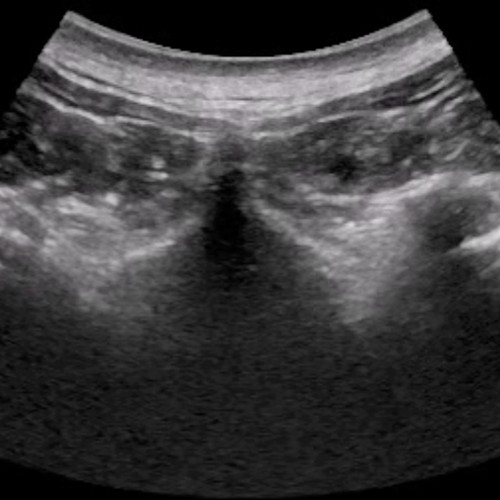Ocular ultrasound provides a solid alternative when ophthalmology consultation is absent in the emergency department, and it does not require care provider training on how to use specialized ophthalmologic equipment. Furthermore, ocular ultrasound enables an ocular exam in the setting of blepharedema and enables posterior segment examination despite hyphema, lens opacification, or posterior segment hemorrhage. The Ocular: Core Clinical Ultrasound Module begins with an introduction to ocular ultrasound and commonly agreed upon indications. A review of ocular anatomy and sonographic anatomy is presented. Sonographic techniques for evaluating the eye and orbit are discussed and include procedure preparation, transducer selection, and scanning technique. Sonographic evaluation of various ocular conditions is discussed in detail, including ocular trauma, vitreous detachment, vitreous hemorrhage, and retinal detachment. The course concludes with ultrasound imaging tips and pitfalls and a summary of salient teaching points. One learns the requisite cognitive task awareness and visuospatial skills required to perform sonographic evaluation of the eye through 10 different hands-on simulation cases.
This activity has been planned and implemented in accordance with the accreditation requirements and policies of the Accreditation Council for Continuing Medical Education (ACCME) through the joint providership of the American College of Emergency Physicians, the Illinois College of Emergency Physicians, and SonoSim, Inc. The American College of Emergency Physicians is accredited by the ACCME to provide continuing medical education for physicians.
The American College of Emergency Physicians designates this enduring material for a maximum of 3.25 AMA PRA Category 1 Credits™. Physicians should claim only the credit commensurate with the extent of their participation in the activity.
Approved by the American College of Emergency Physicians for a maximum of 3.25 hours of ACEP Category I credit.












